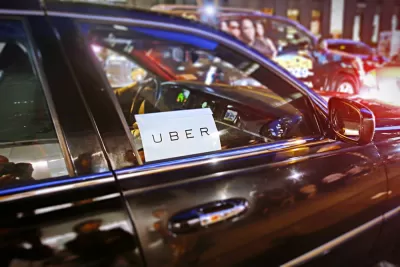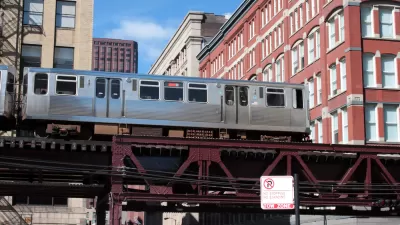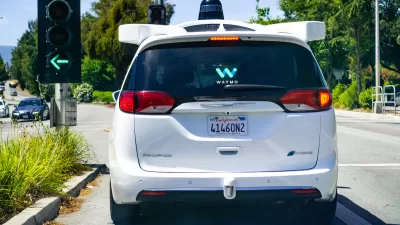Low-cost Uber and Lyft services helped some neighborhoods thrive, making them more accessible. Now these same neighborhoods are feeling the pinch as high ride-hailing costs push customers to stay closer to home.

After years of operating at unsustainably low costs, ride-hailing companies Uber and Lyft are hiking prices, making some neighborhoods less accessible than they once were. “A dwindling supply of drivers, rising interest rates and the decline of cash infusions from patient venture capitalists has squeezed those apps, leading outlets like Slate to declare in May that ‘The Decade of Cheap Rides Is Over,’” writes Jacob Wallace in Bisnow.
Now, businesses in neighborhoods popular with ride-hailing customers are noticing the impact as consumers make more judicious decisions about their transportation habits. “These changing behaviors have meant businesses in those neighborhoods are struggling to bring their customers back, and in some cases closures are forcing landlords to contend with vacant spaces.” Meanwhile, public transit agencies, rather than introduce service in areas where Uber and Lyft were filling the gap, focused their resources on boosting service frequency and reliability on popular lines, leaving transit-poor neighborhoods to fall by the wayside.
The article profiles some Washington, D.C. businesses that are struggling or have closed in the wake of rising transportation costs and reduced foot traffic. Some are considering a move to more transit-oriented neighborhoods, where real estate may cost more, signaling a potential return of these newly-gentrifying areas to their more industrial pasts.
FULL STORY: As Uber And Lyft Prices Rise, Some Neighborhoods May Fall

Trump Administration Could Effectively End Housing Voucher Program
Federal officials are eyeing major cuts to the Section 8 program that helps millions of low-income households pay rent.

Planetizen Federal Action Tracker
A weekly monitor of how Trump’s orders and actions are impacting planners and planning in America.

Ken Jennings Launches Transit Web Series
The Jeopardy champ wants you to ride public transit.

Rebuilding Smarter: How LA County Is Guiding Fire-Ravaged Communities Toward Resilience
Los Angeles County is leading a coordinated effort to help fire-impacted communities rebuild with resilience by providing recovery resources, promoting fire-wise design, and aligning reconstruction with broader sustainability and climate goals.

When Borders Blur: Regional Collaboration in Action
As regional challenges outgrow city boundaries, “When Borders Blur” explores how cross-jurisdictional collaboration can drive smarter, more resilient urban planning, sharing real-world lessons from thriving partnerships across North America.

Philadelphia Is Expanding its Network of Roundabouts
Roundabouts are widely shown to decrease traffic speed, reduce congestion, and improve efficiency.
Urban Design for Planners 1: Software Tools
This six-course series explores essential urban design concepts using open source software and equips planners with the tools they need to participate fully in the urban design process.
Planning for Universal Design
Learn the tools for implementing Universal Design in planning regulations.
Ada County Highway District
Clanton & Associates, Inc.
Jessamine County Fiscal Court
Institute for Housing and Urban Development Studies (IHS)
City of Grandview
Harvard GSD Executive Education
Toledo-Lucas County Plan Commissions
Salt Lake City
NYU Wagner Graduate School of Public Service




























